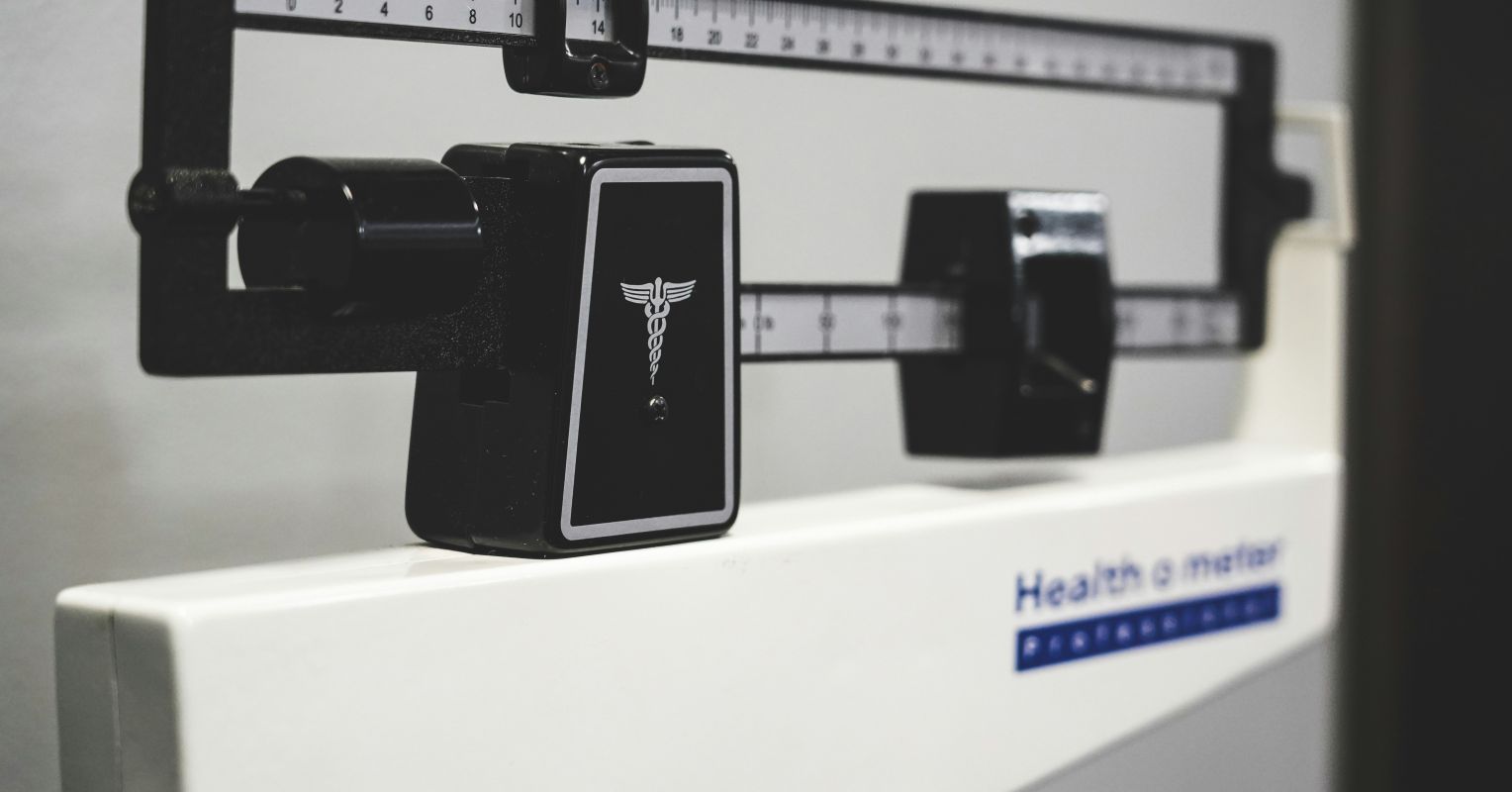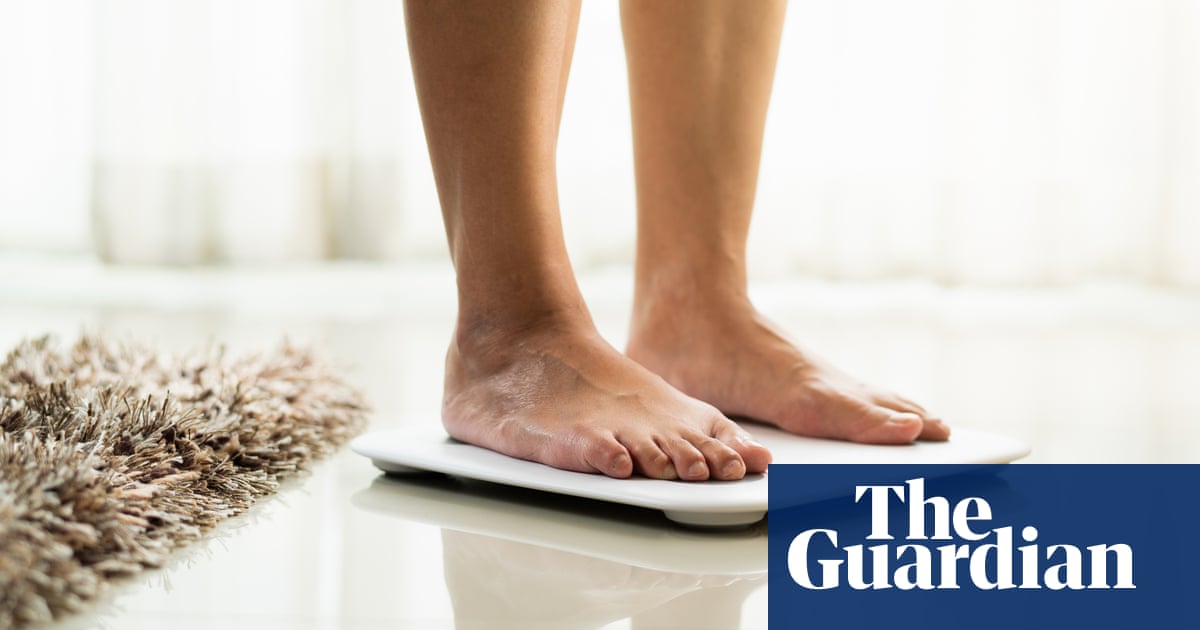#eating-disorders
#eating-disorders
[ follow ]
#mental-health #body-image #recovery #diet-culture #social-media #tiktok #skinnytok #body-positivity #adolescents
#body-image
SF LGBT
fromPinkNews | Latest lesbian, gay, bi and trans news | LGBTQ+ news
5 months agoTom Daley opens up about heartbreaking body image issues
Tom Daley shares his ongoing body image struggles despite being a successful Olympian, highlighting challenges with self-acceptance.
He reflects on the impact of societal standards and his past eating disorders on his self-image.
fromwww.bbc.com
1 month agoStaff photographed sleeping at 'unsafe' eating disorder unit
Staff at a specialist eating disorder unit have been photographed sleeping when they should have been looking after patients who were at risk of harming themselves. There were multiple "unsafe" incidents because of staff failings, according to whistleblowers. Many seriously ill patients have told the BBC they felt their time on the unit had made their condition worse. Schoen Clinic York said "where specific concerns have been raised, they have been fully investigated and addressed" but no "systemic issues" were found.
Health
Mental health
fromBuzzFeed
1 month agoHere's How To Talk To Your Kids About "Bigorexia" - A Scary Disorder That's On The Rise In Young Men
Muscle dysmorphia (bigorexia) causes distorted perceptions of insufficient muscularity, driving obsessive exercise, dieting, supplements, and steroid use, and is increasing, especially among males.
fromPsychology Today
1 month agoBody Image in the Ozempic Era
Before I explain, I want to clarify that I firmly believe in body autonomy. If someone chooses to take a weight loss medication, they should be able to do so without judgment. I hope all potential users are fully informed about the risks and benefits of these medications and are followed responsibly by medical providers. Ideally, they would also be screened for a current or past eating disorder or any other condition that might contraindicate the use of GLP-1s and GIPs.
Medicine
fromPsychiatric Times
1 month agoChatbots Are Dangerous for Eating Disorders
Engagement is the highest priority of chatbot programming, intended to seduce users into spending maximum time on screens. This makes chatbots great companions-they are available 24/7, always agreeable, understanding, and empathic, while never judgmental, confronting, or reality testing. But chatbots can also become unwitting collaborators, harmfully validating self-destructive eating patterns and body image distortions of patients with eating disorders. Engagement and validation are wonderful therapeutic tools for some problems, but too often are dangerous accelerants for eating disorders.
Mental health
Books
fromwww.theguardian.com
2 months agoThe secret life of a child star: how Alyson Stoner survived stalkers, starvation and sexualisation
Child stardom subjected Alyson Stoner to early body-shaming, extreme beauty standards, harmful conversion practices, eating disorders, and recovery into queer identity and mental-health advocacy.
fromPsychology Today
2 months agoThe Hidden Language of Eating Disorders
Eating disorders often look like they're about discipline or willpower, weight loss or weight gain, control or chaos. That's precisely how diet culture wants us to see them. But underneath, they're about pain, about regulation, about protection.
Mental health
fromwww.npr.org
2 months agoA writer learns to embrace her imperfect recovery from an eating disorder
"I found that calorie counts gave me some semblance of control in the aftermath of my mother's death; I couldn't control what happened to her body, but I could regulate what I put in mine."
Mental health
Mental health
fromPsychology Today
2 months agoShame, Trauma, and Eating Disorders: What We're Missing
Shame is a core but often overlooked driver of eating disorders in trauma survivors.
Up to 50% of individuals in eating disorder treatment report a history of sexual trauma.
Effective treatment must address shame, not just symptoms, to support lasting recovery.
fromBuzzFeed
3 months agoYou Need To Avoid Saying These Seemingly Harmless Phrases To Someone You're Dining With
You never know what someone else is going through and why they're eating what they're eating, highlighting the complexities behind dietary choices and interpretations of comments.
Food & drink
Mental health
fromPsychology Today
4 months agoAre You in a Toxic Relationship With Your Body?
A toxic relationship with your body resembles an abusive partnership, characterized by criticism and control.
Fear and shame hold individuals in destructive patterns with their bodies, akin to unhealthy romantic ties.
Cultivating a healthy relationship with your body requires trust, respect, and kindness.
Food & drink
fromSlate Magazine
5 months agoI'm Planning My Wedding. I Don't Know What to Do About My Fiance's Brother.
Support your future brother-in-law during wedding preparations by communicating openly about his needs.
Consider his comfort levels in social settings, particularly related to food and body image.
fromPsychology Today
6 months agoHow One Bad Bite Can Ruin a Food Forever
To see how deep this connection runs, this team decided to test it out using Kool-Aid. The study introduced a group of mice to Grape Kool-Aid, a novel flavor to them. Half of the mice were then injected with lithium chloride, a chemical that induces nausea.
SF food
[ Load more ]






















